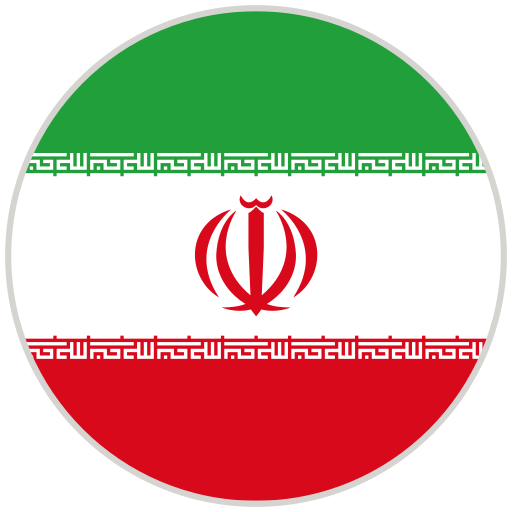All Eras
History of fashion in each era
Start: Circa 3200 BCE/End: 539 BCE
Queen Napir-Asu: A Legacy Cast in Bronze Draped in a
pleated robe with intricate patterns, Queen Napir-Asu’s
bronze statue reflects Elamite craftsmanship and elegance.
Her golden jewelry and finely styled hair symbolize the
sophistication of this ancient civilization.
Start: Circa 678 BCE/End: 550 BCE
The Elegance and Legacy of Median Attire Median men wore
loose trousers paired with tunics for mobility, while
women adorned themselves in long, patterned garments. The
Candys, a ceremonial robe, was a symbol of prestige.
Start: 550 BCE/End: 330
BCE
The Splendor of Achaemenid Attire The Achaemenids
introduced formal robes like the Candys, crafted from
luxurious fabrics. Women wore flowing garments with gold
and silver jewelry, while Persepolis reliefs immortalized
these styles.
Start: 312 BCE/End: 63
BCE
The Hellenistic Impact on Iranian Fashion Alexander’s
invasion brought Greek influences, introducing finer
fabrics, geometric patterns, and elegant drapery that
blended seamlessly with Persian traditions.
Start: 247 BCE/End: 224
BCE
A Fusion of Cultural Legacies Parthian attire combined
Median pleated robes, Achaemenid silk textiles, and Greek
fluid drapery, creating a unique blend of East and West.
Start: 224 CE/End: 651
CE
Sasanian Textiles: A Symbol of Imperial Grandeur Rich silk
and gold fabrics adorned with mythical motifs reflected
Sassanian power. These textiles influenced fashion from
Byzantium to China.
Start: 651 CE/End: 1258
CE
The Evolution of Persian Textiles in the Islamic Era
Islamic aesthetics blended with Persian craftsmanship,
introducing calligraphy and arabesque patterns into
textile design.
Start: 1037 CE/End:
1194 CE
Seljuk Textile Heritage: A Fusion of Cultures Wide
trousers, silk garments, and Kufic calligraphy designs
characterized Seljuk fashion, symbolizing their nomadic
roots and Persian-Islamic sophistication.
Start: 1256 CE/End:
1335 CE
The Mongol Impact on Persian Textiles Mongol rule
introduced practical, layered clothing suited for harsh
climates, yet Persian silk craftsmanship remained strong,
preserving its artistic heritage.
Start: 1370 CE/End:
1507 CE
Timurid Textiles: The Poetry of Fabric and Form
Gold-threaded brocades and miniature-inspired designs
turned clothing into a visual art form, blending
literature, architecture, and textile mastery.
Start: 1736 CE/End:
1501 CE
Safavid Textiles: The Artistry of Fabric and Identity
Brocades from Isfahan, Kashan, and Yazd featured luxurious
patterns, while royal garments reflected Persian artistry
at its peak.
Start: 1736 CE/End:
1796 CE
A Reflection of Resilience and Revival Afsharid attire
focused on practicality, while Zand-era fashion revived
floral velvet patterns and refined tailoring.
Start: 1751 CE/End:
1794 CE
A Reflection of Resilience and Revival Afsharid attire
focused on practicality, while Zand-era fashion revived
floral velvet patterns and refined tailoring.
Start: 1789 CE/End:
1925 CE
A Dance Between Tradition and Modernity European
industrialization introduced machine-made fabrics, yet
Iranian attire retained its traditional elegance through
embroidery and bold designs.














